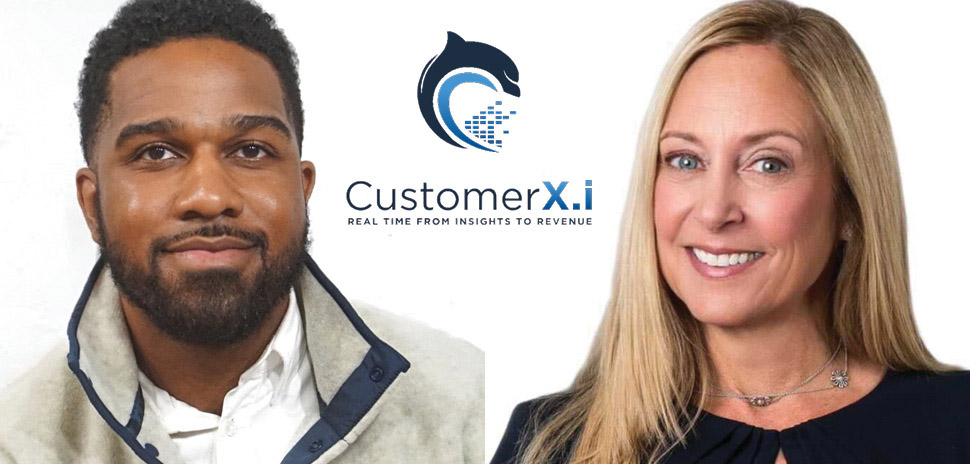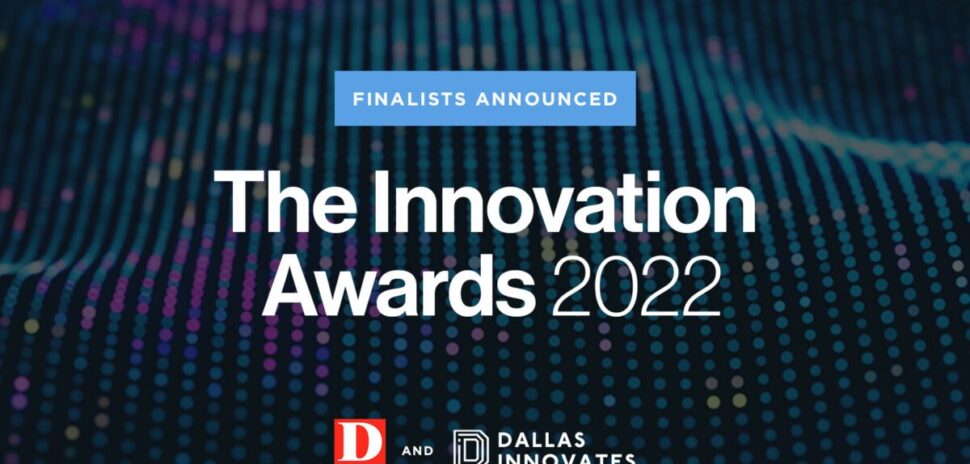How many apps do you have on your phone? Hakeem James bets your device is full, but when it comes to your favorite places to eat, their tech didn’t make the cut.
But, according to James, these apps are often how restaurants today know about their customers, specifically through promotions and other loyalty programs.
And outside of, say, the Chick-fil-As and Starbucks of the world, James says not many are successful in using this method to recognize what makes their customers hungry for more.
That was the generation for CustomerX.i, a Dallas-based data marketing automation startup that James founded in 2019. Though just a few years old, the startup has quickly grown from solely supporting local restaurants into a leading data platform that’s nabbed some of the largest QSR brands as customers—and caught the attention of Google and Microsoft.
It starts with the customer
James was working in the corporate couponing space when he had a vision to take the “know your customer” technology that allow big-box retailers to dominate the shared wallet space, and bring it to the restaurant industry.
Similar companies, he says, have tried to “shift and lift” retail solutions and plop them into restaurants. He wanted to be intentional, understanding exactly what problems these eateries were trying to solve, then add intentional value with customized technology.
“We’re dedicated to bringing our solution specifically to restaurants—and that’s really what makes us unique,” he told Dallas Innovates. “Folks have tried to make solutions that fit for retail and just smush them in to restaurants, saying ‘make this work.’
“We’ve been able to bridge that, bringing simplicity on the side of complexity.”
CustomerX.i gives restaurants a 360-degree customer view so they can better understand, and ultimately, engage the consistent foodies who walk through their door, order online, and keep coming back for more.
The startup’s dashboard and data ingestion tool, CX.iQ, allows brick and mortar stores to generate target audiences, find new customers, better understand existing customers across channels, and automate better customer experience and business growth.
The intent is to bridge all data touch points—from online to in-person—to capture a full, unified representation of customers’ activity. The tech shows what’s motivating customers, allowing restaurants to encourage them to do that more, buy more, and bring more friends with them.
For instance: If a restaurant wants to introduce a new specialty drink, CustomerX.i can tell them who has purchased a similar item in the past, and what time of day they usually do that.
According to James, it’s applicable to QSRs (quick service restaurants), fast casual, small and medium-sized businesses, and even mom and pop shops.
He thinks CustomerX.i’s differentiator is that its stayed true to its messaging since founding: Data should be accessible to any restaurant, anywhere, regardless of its size or financial situation.
“We help them recognize upwards of 80 percent of their customers,” the CEO says. “Our ability is to bring what we consider to be the leading platform for ‘know your customer’ tech into the restaurant industry, helping them make better customer-driven decisions.”
Google and Microsoft get on board
Becoming a future industry pioneer came with the support of two of the biggest names in tech: Google and Microsoft.
In September, James was one of four Dallas-area companies chosen for the second cohort of the Google for Startups Black Founders Fund, a $10 million initiative designed to boost entrepreneus who are building great companies yet are often locked out of access to the funding that is critical to their success.
CustomerX.i used the funding for expansion and expanded capacity. He also was able to offer products to restaurants that needed it on a freemium basis to accelerate.
Around the same time, he was accepted in the Microsoft for Startups program. He was able to collaborate with the Microsoft Dynamics team, which has deep experience with large point-sale-systems, to iterate from the product usage side.
“Working with partners like Microsoft and Google has helped us keep our costs really low so we can then pass those savings back to our customers,” James says. “We’re offering something that previously would have only been available at a really expensive price to big restaurants.
“Both shared the vision, separately, of being able to see how they could add value to where we are today.”
Why restaurants?
Focusing on a specific target base was a driving factor in James’ goal with CustomerX.i. He thinks restaurants have traditionally been overlooked when it comes to having the newest next-gen technology to solve problems.
“It’s an industry with really tight margins; it’s an industry that previously hasn’t been a leader when it came to adapting tech,” he says. “So nobody really tailored anything to them.”
Throughout CustomerX.i’s startup journey, most restaurants using the tech have been smaller, hole-in-the-wall places. That instilled in James a desire to treat them with the same level of emotion and service that they provide to their own customers.
He says CustomerX.i takes a “white glove approach” to the mass market. He and his team work to solve the individual needs of their customers at scale.
“The opportunity that we saw was really adding personalization and care in an industry that we feel deserved it the most,” he says. “Who’s not passionate about food? Food is inherently personal.”
Having this vision meant being based somewhere primed for CustomerX.i’s growth. Dallas made all the sense in the world, James, an Ohio transplant, says: It’s a “unique hub for folks that really get the restaurant industry.”
So far, he’s been able to grow to a team of 18 in the region. Half joined the startup from retail and have worked on the front lines for some of the biggest names, while the other side holds a background in restaurants and hospitality.
It’s what James calls the “perfect marriage” between retail tech and a deep understanding of restaurant problems and operations.
“We are able to do this technology that’s really cumbersome and difficult to duplicate and provide it consistently,” he says. “Solving things on the customer side for restaurants means truly understanding their problems—that’s the best of both worlds with the team that we’ve assembled.”
Post-pandemic
While most restaurant- and hospitality-focused companies took a major hit when COVID-19 began its toll, James says it was the perfect time for CustomerX.i to be doing what it was.
It was during 2020 that the startup witnessed its own explosion.
“There was a need to better understand the customer,” James says. Since, CustomerX.i has been able to enact widespread transformation to places that would have been forced to shudder otherwise.
James is currently in the middle of raising funding, and an announcement should be coming this year. He’s also looking to launch additional product features, bring on more key restaurants, and continue on a path of being the leader in ‘know your customer’ technology.
![]()
Get on the list.
Dallas Innovates, every day.
Sign up to keep your eye on what’s new and next in Dallas-Fort Worth, every day.
































